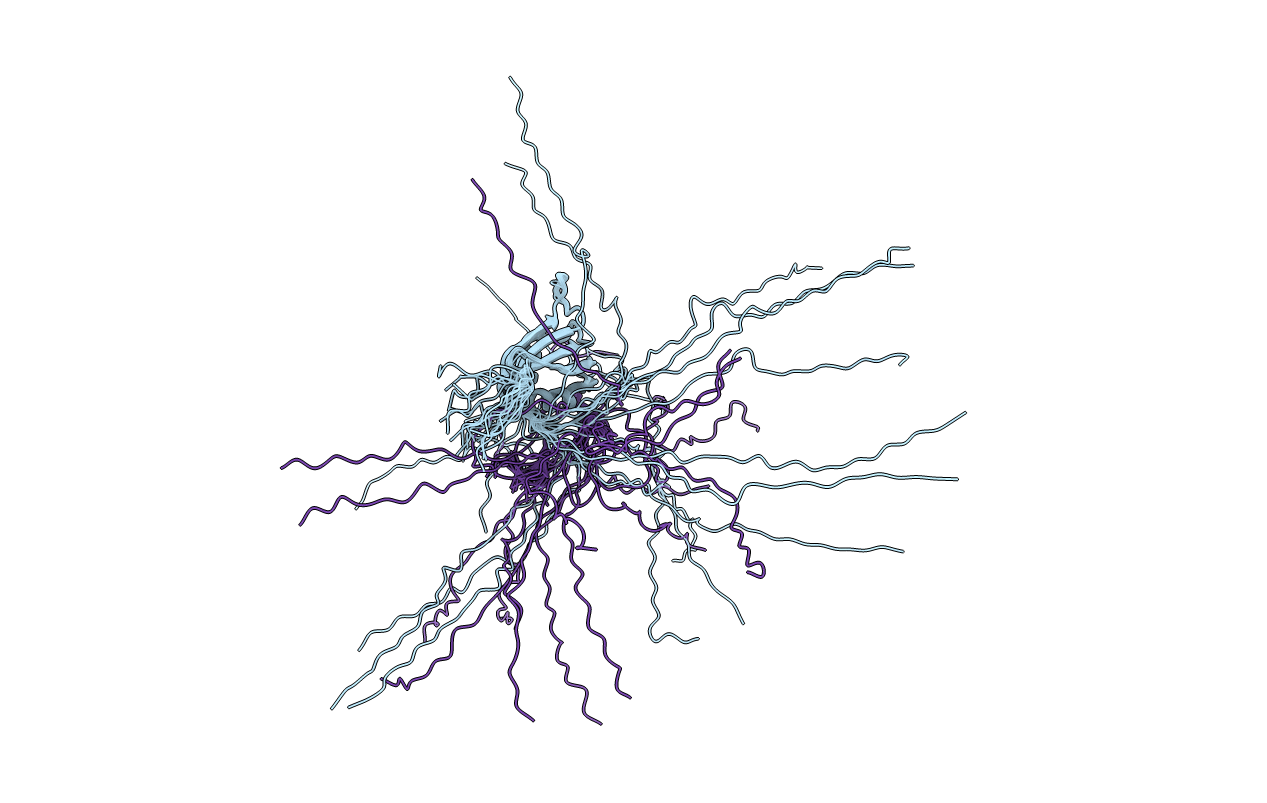
Deposition Date
2010-01-18
Release Date
2011-01-12
Last Version Date
2024-05-01
Entry Detail
PDB ID:
2KT5
Keywords:
Title:
RRM domain of mRNA export adaptor REF2-I bound to HSV-1 ICP27 peptide
Biological Source:
Source Organism:
Mus musculus (Taxon ID: 10090)
Human herpesvirus 1 (Taxon ID: 10298)
Human herpesvirus 1 (Taxon ID: 10298)
Host Organism:
Method Details:
Experimental Method:
Conformers Calculated:
100
Conformers Submitted:
20
Selection Criteria:
structures with the lowest energy


